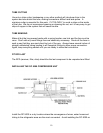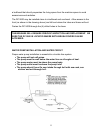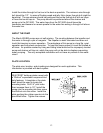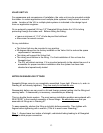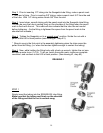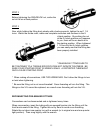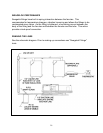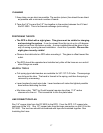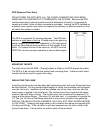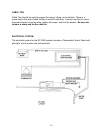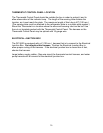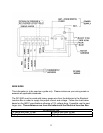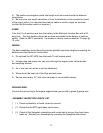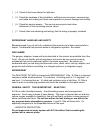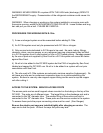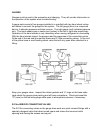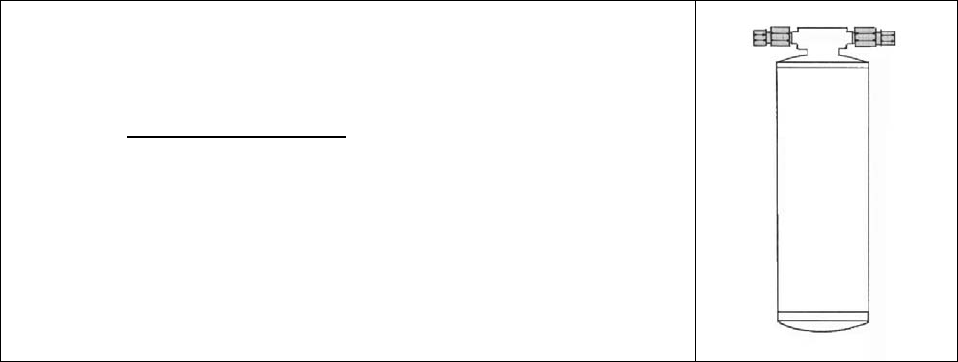
18
RFD (Receiver Filter Drier)
DO NOT OPEN THE RFD UNTIL ALL THE OTHER CONNECTIONS HAVE BEEN
MADE AND YOU ARE READY TO COMMISSION THE SYSTEM. Because the RFD
contains desiccant to absorb moisture and the absorption is limited, it is important to
unpack and install it after all other connections are made. Leaving the RFD installed on
a partially open system may reduce its capacity by allowing it to absorb moisture in free
air before the system is sealed.
The RFD is a reservoir for excess refrigerant. The RFD also
contains a sight glass in the top
. (Please refer to the planning
section regarding location and "readability" of the sight glass)
A pick-up tube extends from the bottom of the canister to the
outlet. For proper function of the reservoir, the RFD must be
VERTICAL to ensure proper operation at various heel angles.
MOUNTING THE RFD
The inlet is from the DC 5000. (The sight glass is offset on the RFD toward the outlet.)
The RFD is to be mounted with the bracket and mounting strap. Cable ties with screw
mounts should be used to support the tubing.
INSULATING THE LINES
Insulating should be the last step after leak testing because it will cover fittings that must
be leak-checked. On long uninterrupted lengths of tubing, the insulation can be slipped
over the tube early. Insulation should be installed only on dry lines, and only after the
acrylic spray is applied to all metal parts. The suction return line is cold and will attract
moisture (as frost) when running. The suction return line includes all the exposed 1/2"
tubing and the larger fittings. The entire V/U will also frost. It is important to insulate the
1/2" line, the V/U and all the fittings along the line to prevent moisture from gathering.
INSTALL THE INSULATION IN A MANNER THAT WILL NOT TRAP WATER AROUND
A LOW POINT. Trapping salty bilge water in the insulation will reduce the operating life
of tubing and fittings. If the insulation is split and wrapped over the tube, install it with
the split side down. Tubing within the icebox need not be insulated.



